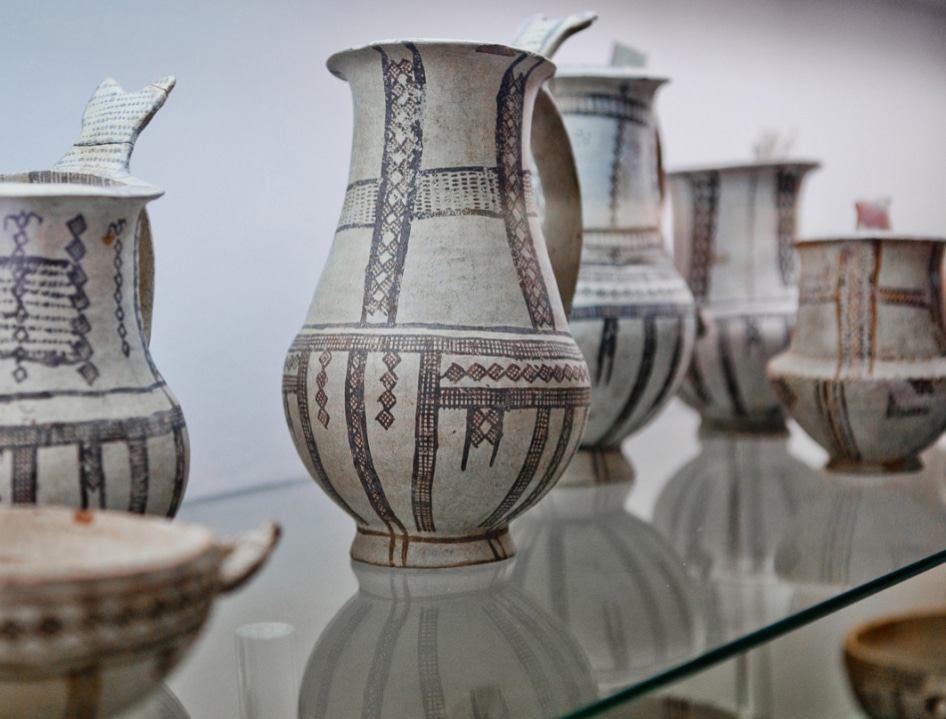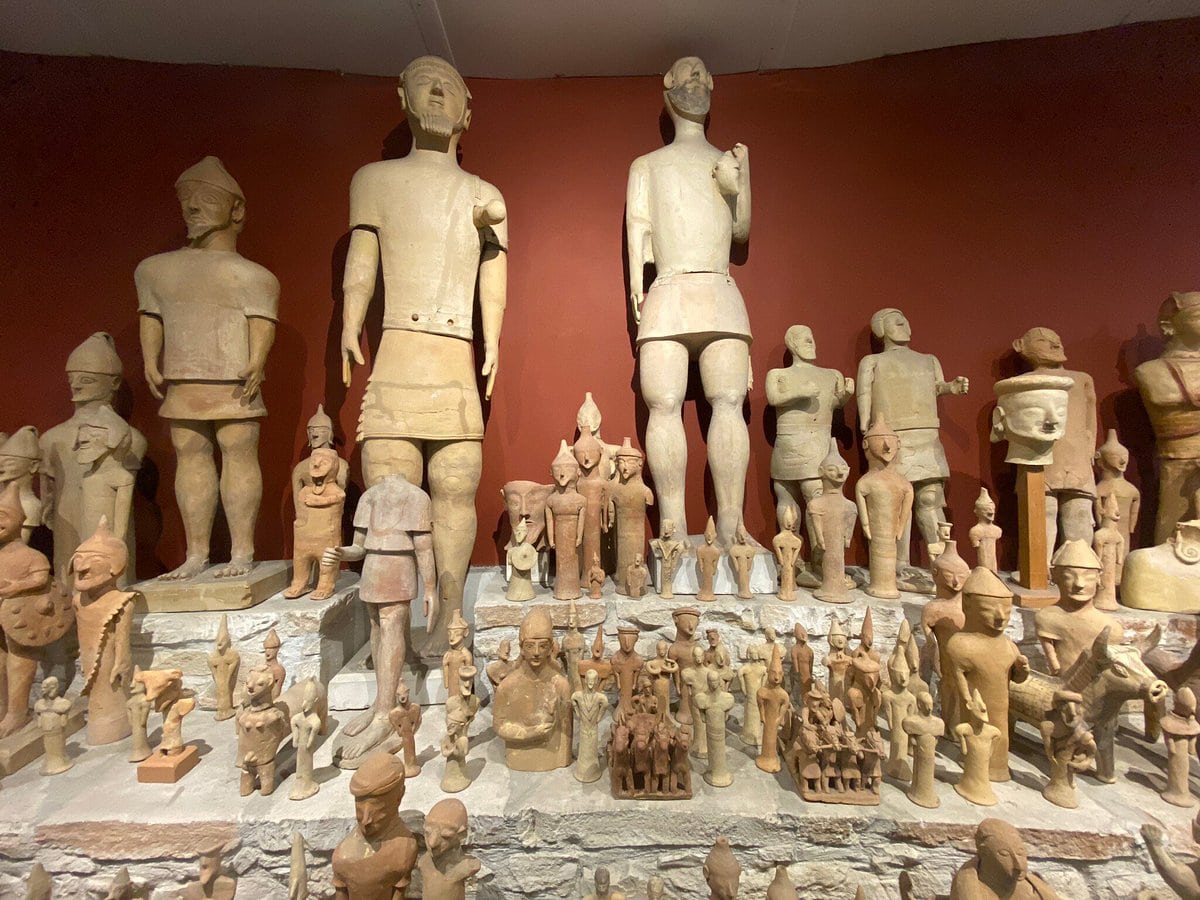While it set for a move in a few years, the island’s national museum gives an impressive tour of its history finds PAUL LAMBIS
The Cyprus Museum in Nicosia has become a landmark for locals and visitors trying to find out more about the island’s intriguing past. The museum captures the entire history of Cyprus under one roof, from rare artefacts made of bronze, ceramics and stone to antique coins and jewellery that illustrate the evolution of Cyprus’ artistic styles.
Cyprus has a rich cultural heritage stretching back to the Stone Age, and the museum highlights the island’s unique characteristics as a gigantic melting pot of cultures that have ruled the island at various points in time.
The museum’s serene hallways unravel the many civilizations that emerged and vanished, each leaving their cultural imprint on the island, its people, and its traditions. During my recent visit to the museum, I felt an immediate connection to the people of Cyprus as a result of the antiquities on display.
Although not on the same scale as the world’s most notable museums, the Cyprus Museum is a veritable treasure trove that is constantly growing in the number of finds from systematic excavations conducted by foreign archaeological missions in collaboration with the department of antiquities.

According to various sources, the Museum was founded as a result of multiple illegal excavations and the removal of artefacts from Cyprus. The largest was carried out by the American ambassador at the time, Luigi Palma di Cesnola, who smuggled over 35,000 objects off the island, most of which are now exhibited at the Metropolitan Museum of Art in New York.
The Cyprus Museum is the island’s oldest and largest archaeological museum, with 14 halls displaying artefacts in chronological and thematic order.
The Chalcolithic period is highlighted with exhibits including tools, ceramics and stone figures that show the island’s oldest indications of human presence. Among the artefacts on display are ceramics, jewellery, sculptures and coins from all of the Cypriot monarchs’ mints, as well as Cyprus’ mint during the Ptolemaic era.
The exhibition also includes local pieces that exemplify Cyprus’ ceramic traditions, including Mycenean and Phoenician ceramic works of art. A wide range of items are on show from Choirokoitia, Kalavasos, the Cape of Apostolos Andreas, Erimi, Kouklia, Sotira, Troulloi and Parekklisia.

Many remarkable sculptures are also on display, including Cypro-classical male and female statue heads, a magnificent Hellenistic marble statue of Aphrodite of Soloi, and marble and copper Roman Period statues, including a colossal statue of the Roman emperor Septimius Severus. There is also a wide range of carefully selected exhibits dating from the Late Bronze Age to the beginning of Early Christian Times.
The museum’s rich collection has surpassed the capacity of its existing facilities to the point where just a portion of it is on exhibit. Last year, the government announced the construction of a new facility just over the road, on the site of Nicosia’s old General Hospital, which will have a permanent exhibition area of over 5,000 square metres and will house around 6,500 artefacts. The under-construction Cyprus Museum, dubbed a ‘European gem,’ will also feature temporary exhibition spaces, educational programme areas, maintenance workshops, underground parking, antiquities warehouses, a restaurant, cafeteria, library, auditorium, offices, an art shop, and extensive landscaping.
The government aims to establish the new Cyprus Museum not only as the island’s preeminent historical reference point, but also “one of the most important museums in Europe”.
The current museum is open all year and offers individual and group guided tours, with descriptions of all items on display in Greek and English. It is located near the public gardens and is wheelchair accessible. For opening hours and additional information: Tel: +357 22 865854







Click here to change your cookie preferences